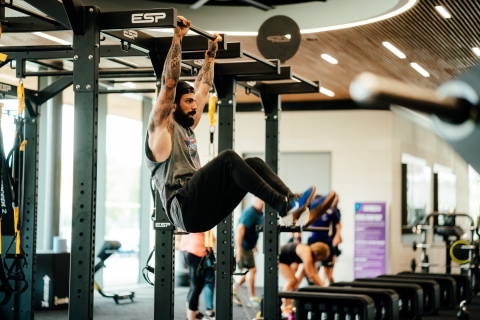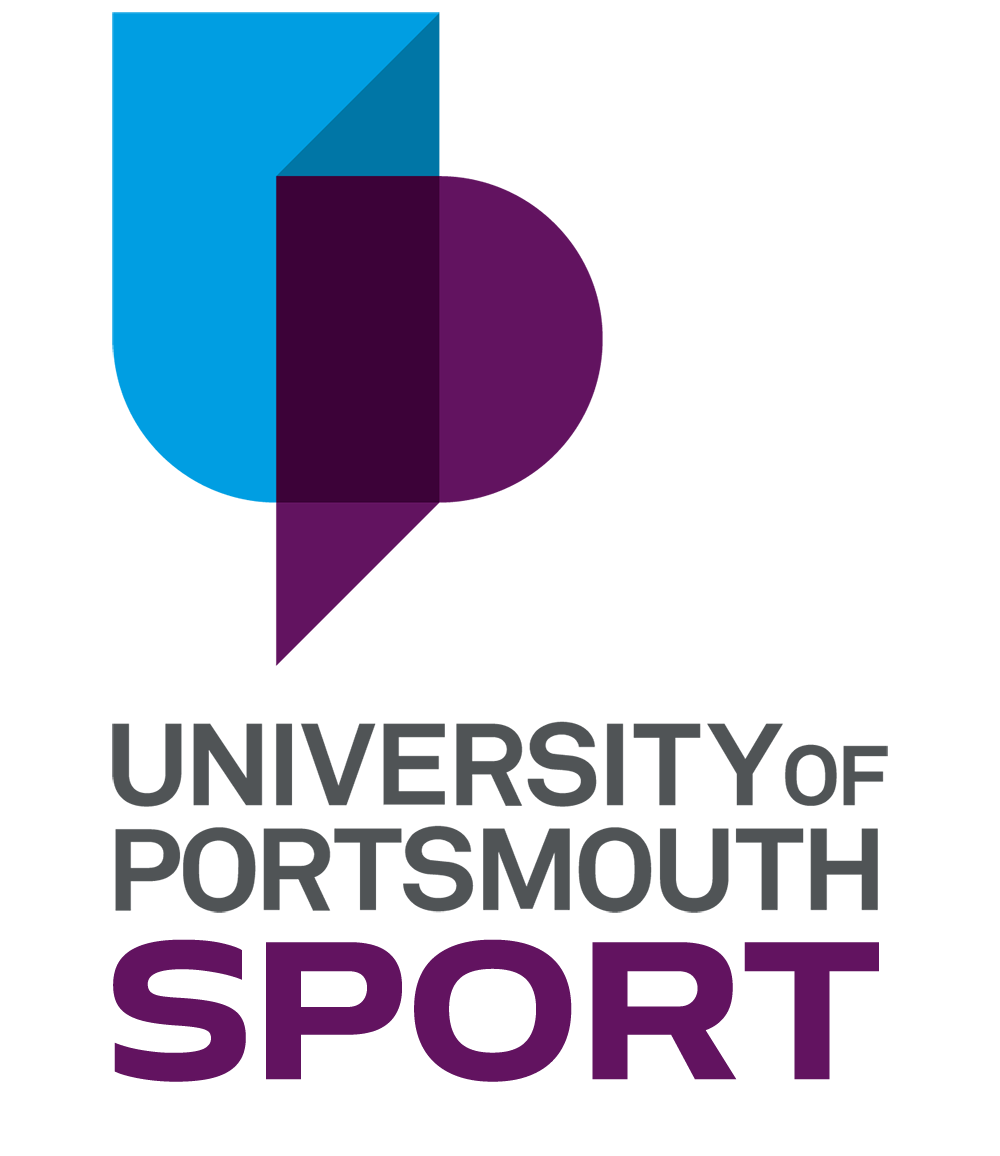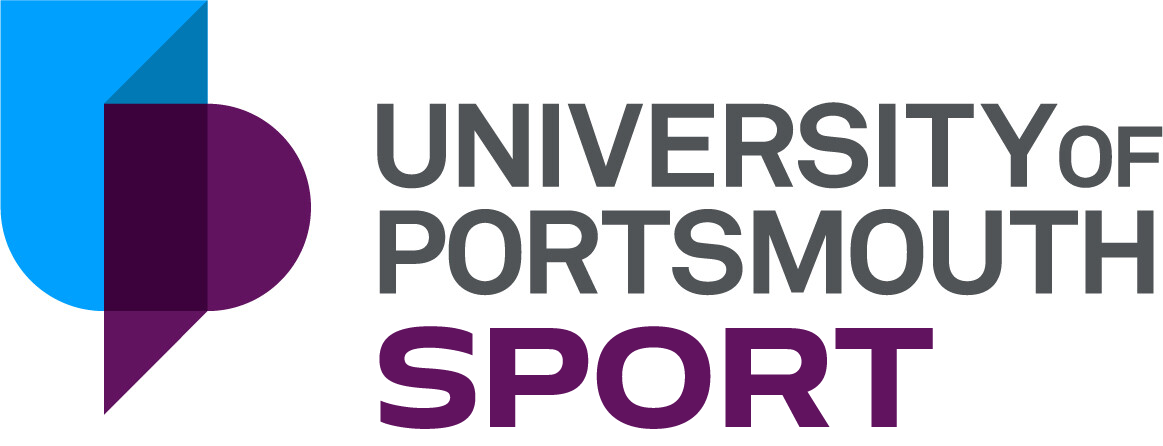

Use these tips to understand how to maximise your performance
Benefits of muscle growth
Ok, let’s get slightly technical now. We’ve broken down many subjects over the past few months and one area we want to explore further is muscle growth. When we’re talking about muscle growth we’re really focussing on any activity that strengthens your muscles as a result of a form of resistance. If you want muscle tone, if you want to increase muscle size, if you want to increase a particular lift these are all a result of muscle growth.
In saying that it should be noted that you cannot change the number of muscle fibres you have, but you can create adaptations to the muscle fibres you do have and recruit more of the fibres you do have. Think of it like an 8 person rowing crew, initially the cox only tells two oarsmen to row and propel the boat forward, over time two more oarsmen are recruited and start rowing causing the boat to go faster. Eventually more and more of the crew start rowing and the boat moves faster. This is the same response you can find in your muscles but over a longer period of time.
The body responds to resistance or weight training through muscle growth. Effectively the brain or the cox thinks “that was hard, I need more help so it’s easier next time”. The brain or the cox then recruits more fibres/rowers to perform better. Weight training is popular because of these adaptations and with results often noticeable.
7 stages of muscle growth
The science behind adding muscle mass is surprisingly simple and can be broken down into 7 stages. Read on for an insight into what goes on inside your body when you weight train.
1. Warm-up
Increasing the heart rate pumps blood to your muscles, allowing them to extend fully as they warm. Also supplying the muscle fibres with oxygen so they are ready to workout.
2. Muscle loading
During repetitions the muscles go through time being loaded and time being stretched under load. As a result, the heart pumps more blood into the protective sheaths that surround the muscle fibres. Therefore providing oxygen and nutrients to these fibres.
3. Activating your nervous system
When we want to lift weights, the central nervous system (CNS) relays this fact to nerves that are within the protective sheath around those muscle fibres. This then tells the muscle fibre to contract, resulting in lifting the weight. When doing the exercise correctly the muscles activate in a partial sequence and your CNS adapts to this. Then as the efficiency of your nervous system improves you can lift more weight or do more reps.
4. Chemical reactions
Adenosine Triphosphate (ATP) is the energy source immediately used for muscle contractions. The body’s cells break it down to release energy. The stores of creatine, phosphate and glycogen in the cells are also converted into ATP. The by-product of this process is lactic acid.
5. The burn
When the glycogen stores in the cells have been depleted, the lactic acid has built up, this is when the muscles cannot work efficiently and you need to rest.
6. Successful failure
As we reach failure during our last set, the muscle fibres become completely fatigued. Microscopic tears ‘microtears’ occur in the myofilaments (the smallest muscle fibre bundles in your muscles).
7. Repair and growth
The post-workout repair process when our muscles start to grow. The body repairs the microtears by adding amino acids (actin and myosin) to the myofilament, which causes them to grow in size. However, it is important to know the body cannot grow additional muscle cells, so the muscle growth is limited by the number of muscle cells you have. So to get the best results from your weight training, train to suit your body type, read our article on training to your body type for more information.
The above process means you should progressively increase the weights you lift as your muscles quickly adapt to the stress that they are exposed too.
It is also not strange to experience DOMS (delayed onset of muscle soreness) when weight training. However, think about leaving at least 48hrs between sessions that target the same muscle group. Why? Because if you train the same muscles again before the muscles have been able to repair and rebuild, you will not be as strong and run the risk of injury.
If you've been reading this and you'd like to learn more, our Personal Trainers are on hand in Ravelin Sports Centre to offer help and advice. You can book in for a free 15-minute consultation via the UOP Sport Mobile App and discuss your needs. The seven stages outlined above are not only relevant for heavy lifters, bodybuilders and athletes, understanding the process helps us to get stronger and ensure our training stays effective.
Take a busy gym, someone is using the weights you want and you only have some lighter weights available. Extending the muscle loading phase allows you to get similar benefits to using a heavy weight with a quicker loading phase. We're here to help - so come and chat to our team if you need any support.
Check out our gym services, personal training and programmes available.

